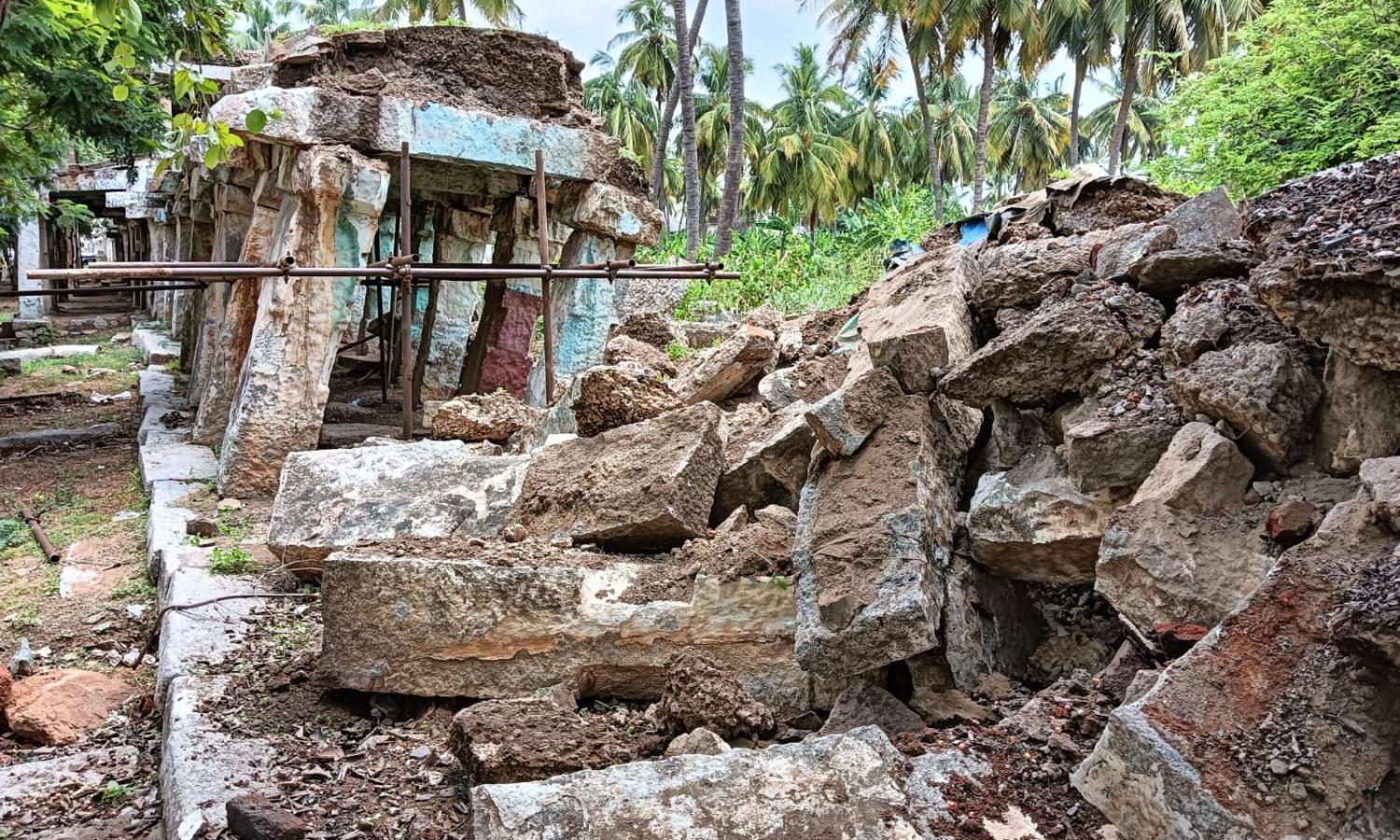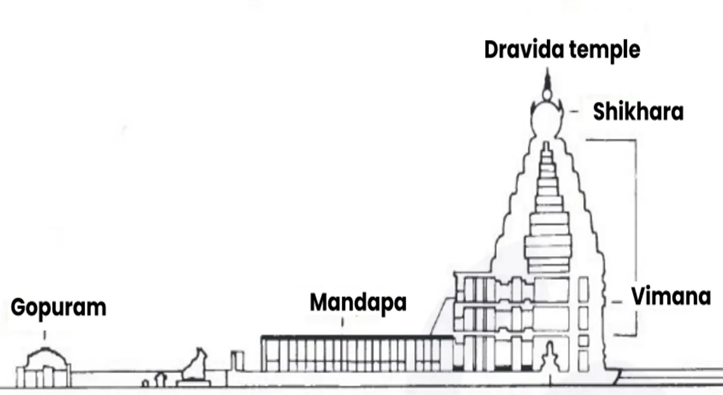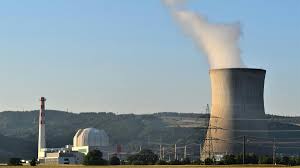- Courses
- GS Full Course 1 Year
- GS Full Course 2 Year
- GS Full Course 3 Year
- GS Full Course Till Selection
- Answer Alpha: Mains 2025 Mentorship
- MEP (Mains Enrichment Programme) Data, Facts
- Essay Target – 150+ Marks
- Online Program
- GS Recorded Course
- Polity
- Geography
- Economy
- Ancient, Medieval and Art & Culture AMAC
- Modern India, Post Independence & World History
- Environment
- Governance
- Science & Technology
- International Relations and Internal Security
- Disaster Management
- Ethics
- NCERT Current Affairs
- Indian Society and Social Issue
- NCERT- Science and Technology
- NCERT - Geography
- NCERT - Ancient History
- NCERT- World History
- NCERT Modern History
- CSAT
- 5 LAYERED ARJUNA Mentorship
- Public Administration Optional
- ABOUT US
- OUR TOPPERS
- TEST SERIES
- FREE STUDY MATERIAL
- VIDEOS
- CONTACT US
Hampi’s Virupaksha Temple
Hampi’s Virupaksha Temple
25-07-2024

A portion of the Virupaksha temple in Karnataka, a nationally protected monument and UNESCO World Heritage Site, collapsed following torrential rains. The Archaeological Survey of India (ASI) is set to commence restoration work on the collapsed ‘Saalu Mandapa or Pavilion’.
Key Points:
- History: The Virupaksha temple originated in the 7th century and gained prominence during the Vijayanagara Empire (1336 to 1646), serving as a vital centre for religious and cultural activities.
- Significance: The temple exemplifies Dravidian architecture and is dedicated to Sri Virupaksha (Lord Shiva), also known as Pampapathi, with Pampadevi (associated with the Tungabhadra River) also worshipped.
- Construction and Expansion: Initially a modest shrine, it was expanded under Vijayanagara rule, particularly by Lakkan Dandesha, a chieftain under Deva Raya II.
- Architectural Influences and Style: Primarily built in the Vijayanagara style, the temple features grand gopurams (towering gateways), the shikhara towering over the sanctum sanctorum, intricate carvings, and pillared halls, with some influences from the late Chalukyan and Hoysala periods.
- Continuous Worship: Despite the city's destruction in 1565, the temple maintained continuous worship due to the enduring religious significance of the Virupaksha-Pampa sect.
- Location and Recognition: The temple is located in Hampi, the former capital of the Vijayanagara Empire, situated along the banks of the Tungabhadra River. The Group of Monuments at Hampi, including the Virupaksha temple, was recognized as a UNESCO World Heritage Site in 1986.

Importance:
- Cultural Significance: The Virupaksha temple is a vital part of India's cultural heritage and a symbol of the country's rich history and architecture.
- Tourism: The temple is a popular tourist destination, attracting visitors from all over the world.
- Conservation: The conservation and protection of the temple are essential to preserve India's cultural heritage for future generations.
Must Check: Best IAS Coaching In Delhi
UPSC Prelims Result 2024 Out: Expected Cut Off & Other Details, UPSC Prelims 2024 Answer with Explanation, Daily Prelims Quiz, Daily Current Affairs, MONTHLY CURRENT AFFAIRS TOTAL (CAT) MAGAZINE, Best IAS Coaching Institute in Karol Bagh, Best IAS Coaching Institute in Delhi, Daily Mains Question Answer Practice, ENSURE IAS UPSC Toppers, UPSC Toppers Marksheet, Previous Year Interview Questions, UPSC Syllabus



